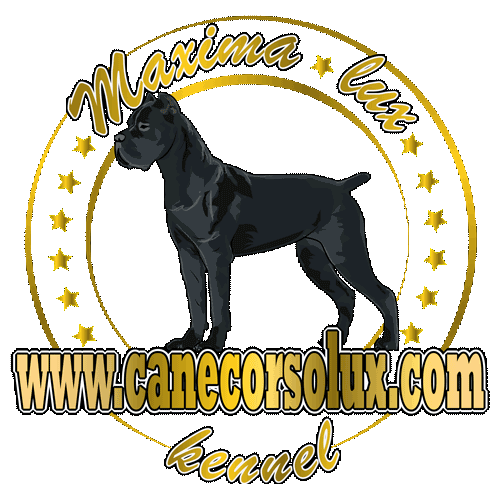The dilution gene in dogs is located on the D locus. It plays a crucial role in determining the color of a dog’s coat and is particularly influential in the pigmentation of eumelanin (black and liver colors).
Genetic Basics
- Recessive Gene: The dilution gene is recessive, denoted as d.
- Genotypes:
- dd: A dog with two copies of the dilute allele will express the dilute coat color.
- Dd or DD: These genotypes result in normal (non-dilute) pigmentation.
Impact on Coat Color
- Eumelanin Affected: Primarily affects eumelanin, changing black to blue and liver to isabella.
- Phaeomelanin: This gene may also lighten phaeomelanin (red), but the effect is less pronounced.
- Coat Patterns: Dogs with the dilute gene can have any coat pattern, but the dilution gene will alter any black or liver in the coat to blue or isabella.


Black nose (left) and blue nose (right).
Isabella, however, is slightly trickier. The dogs below show nicely-pigmented liver and isabella noses, but it’s common for both colours to have very light, even pink, noses, and it is also common for isabellas to have darkish noses that look like liver. It is therefore very difficult to tell a liver from an isabella unless there is some liver/isabella in the coat


Liver nose (left) and isabella nose (right). Most isabella noses aren’t this dark, but they can be The dilution gene also causes the eyes to lighten to amber. The colour is likely to be paler than the amber eyes seen on liver dogs.
Identifying Dilute Dogs
- Nose Color: A key indicator of a dilute dog.
- Blue-nosed dogs are genetically blue-pigmented.
- Isabella dogs can have varying nose colors, making identification trickier.
Nose Color Comparison
- Black vs. Blue Nose: Black nose indicates non-dilute, while a blue nose signifies a blue-pigmented dog.
- Liver vs. Isabella Nose: Liver noses are more straightforward, but isabella noses can range from light to dark, sometimes resembling liver noses.
Eye Color Changes
- Dilution gene also causes eye color to lighten, often resulting in amber eyes. These are typically paler than the amber eyes found in liver-colored dogs.
Additional Considerations
- Health Implications: It’s important to note that while the dilution gene affects coat color, it does not inherently cause health issues. However, some breeds with dilute colors may be prone to specific health concerns.
- Breeding Considerations: Breeders aiming for specific coat colors should understand the genetics of the dilution gene to predict the coat colors of puppies.
Predicting Puppy Coat Colors
- Genetic Testing: Breeders can use genetic testing to determine the D locus genotype of their breeding dogs. This helps in predicting the likelihood of producing dilute-colored puppies.
- Understanding Inheritance: Since the dilute gene (d) is recessive, both parents must carry at least one d allele for there to be a chance of producing dilute offspring.
- Two dd parents will always produce dilute offspring.
- If one or both parents are Dd, there’s a 25% to 50% chance for each puppy to be dilute.
Ethical Breeding Practices
- Health Over Color: While aiming for specific coat colors, it’s crucial to prioritize the health and well-being of the dogs. Breeding solely for color without considering health can lead to genetic health issues.
- Avoiding Overbreeding: Popular coat colors can lead to overbreeding of certain dogs, which may increase the risk of inherited health problems. Diversity in breeding is key to maintaining healthy dog populations.
- Genetic Diversity and Health
- Maintaining Genetic Diversity: It’s important for breeders to maintain genetic diversity in their breeding programs. This helps in reducing the risk of inherited diseases and contributes to the overall health of the breed.
- Consulting Geneticists: Working with canine geneticists or veterinarians can help breeders make informed decisions, ensuring healthy and genetically diverse litters.
- Public Education
- Educating Potential Owners: Breeders and canine organizations should educate potential dog owners about the implications of coat color genetics. This includes understanding the care needs and potential health considerations of dilute-colored dogs.
- Dispelling Myths: There are many myths surrounding coat colors in dogs, especially regarding temperament and health. Clear, factual information helps in making responsible breeding and ownership decisions.
- Conclusion
- Understanding the dilution gene is not just about predicting puppy coat colors; it’s about responsible breeding practices, maintaining the health and genetic diversity of breeds, and educating the public. By focusing on these aspects, breeders can contribute to the well-being of dogs and enhance the joy these animals bring to their human companions.
Source and full copyright “Dog Coat Colour Genetics”,all rights reserved http://www.doggenetics.co.uk/
